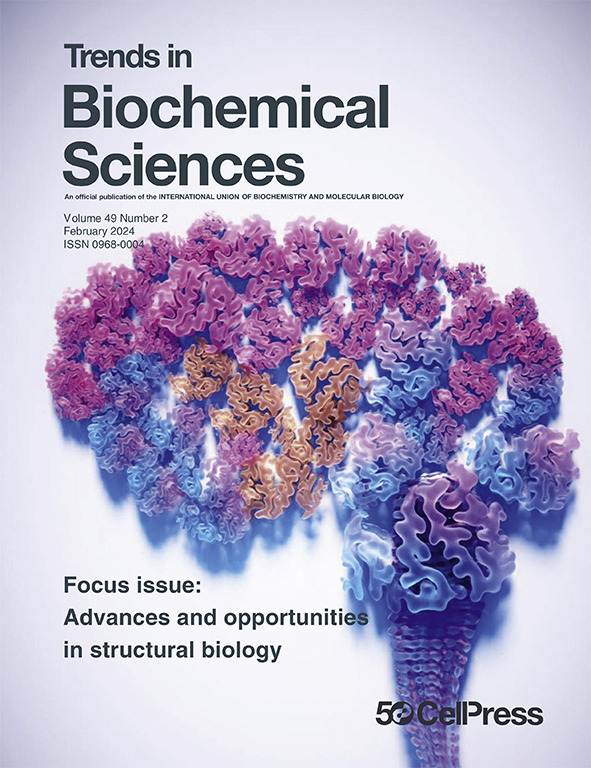Small RNA and Toll-like receptor interactions: origins and disease mechanisms
IF 11.6
1区 生物学
Q1 BIOCHEMISTRY & MOLECULAR BIOLOGY
引用次数: 0
Abstract
Advances in small RNA sequencing have revealed diverse small noncoding RNAs (sncRNAs) beyond microRNAs (miRNAs), derived from transfer RNAs (tRNAs), ribosomal RNAs (rRNAs), small nuclear RNAs (snRNAs), and Y RNAs, carrying distinct RNA modifications. These emerging sncRNAs can function beyond RNA interference (RNAi), adopting aptamer-like roles by interacting with Toll-like receptors 7 and 8 (TLR7 and TLR8) via specific sequences, modifications, and structures. We propose a Sequential Activation Hypothesis where initial abnormal sncRNAs – triggered by infections or stresses – activate TLR7/8, leading to autoantibody production against autoantigens like RNA-binding proteins La and Ro. These autoantibody–antigen complexes further promote secondary immunogenic sncRNA production and repetitive TLR7/8 activation, perpetuating a vicious cycle sustaining autoimmunity. TLR7/8's X chromosome location and sex-biased expression contribute to female-dominant autoimmune diseases. Understanding sncRNA–TLR interactions is essential for designing novel therapeutic strategies.
小RNA和toll样受体相互作用:起源和疾病机制。
小RNA测序技术的进步揭示了多种小非编码RNA (sncRNAs),除了microRNAs (miRNAs)之外,还衍生自转运RNA (tRNAs)、核糖体RNA (RNAs)、小核RNA (snrna)和Y型RNA,它们携带不同的RNA修饰。这些新出现的sncRNAs可以发挥RNA干扰(RNAi)之外的功能,通过特定的序列、修饰和结构与toll样受体7和8 (TLR7和TLR8)相互作用,发挥类似适配体的作用。我们提出了一个序列激活假说,即由感染或应激触发的初始异常sncRNAs激活TLR7/8,导致产生针对rna结合蛋白La和Ro等自身抗原的自身抗体。这些自身抗体-抗原复合物进一步促进继发性免疫原性sncRNA的产生和重复的TLR7/8激活,形成恶性循环,维持自身免疫。TLR7/8的X染色体定位和性别偏倚表达与女性显性自身免疫性疾病有关。了解sncRNA-TLR相互作用对于设计新的治疗策略至关重要。
本文章由计算机程序翻译,如有差异,请以英文原文为准。
求助全文
约1分钟内获得全文
求助全文
来源期刊

Trends in Biochemical Sciences
生物-生化与分子生物学
CiteScore
22.90
自引率
0.70%
发文量
148
审稿时长
6-12 weeks
期刊介绍:
For over 40 years, Trends in Biochemical Sciences (TIBS) has been a leading publication keeping readers informed about recent advances in all areas of biochemistry and molecular biology. Through monthly, peer-reviewed issues, TIBS covers a wide range of topics, from traditional subjects like protein structure and function to emerging areas in signaling and metabolism. Articles are curated by the Editor and authored by top researchers in their fields, with a focus on moving beyond simple literature summaries to providing novel insights and perspectives. Each issue primarily features concise and timely Reviews and Opinions, supplemented by shorter articles including Spotlights, Forums, and Technology of the Month, as well as impactful pieces like Science & Society and Scientific Life articles.
 求助内容:
求助内容: 应助结果提醒方式:
应助结果提醒方式:


